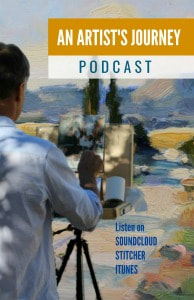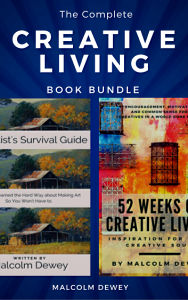|
Every artist has a favorite way to start a painting. This is part of the creative process and it is honed down over years of practice. But how many beginners focus on making a good start to their paintings? Most beginners focus on the ending and hope that the painting is good for framing. Instead I want to encourage you to focus on the start with these simple four steps. There is also an infographic to download that will help you in your studio. Let’s get started. Pick Your Subject Wisely My painting students have heard this a lot, but here it is again. Pick a subject that is going to give you the strong composition you need. A scene that has potential may be even better when you change a viewpoint. Perhaps walk around it and see the focal point from another angle. Suddenly you can see strong shadow patterns. Now the scene has a powerful light and dark pattern you can emphasize. So Step One is to look for strong mass shapes that emphasizes light and dark patterns. Remember that you are painting shapes not lines. Do the Notan Study Some students remain skeptical and do not take this lesson on board. All I can say is that notan studies changed my painting dramatically and here I am today painting for a living. If you are open to trying this technique then you have an advantage in your process. The notan is quick and powerful. It gets you to focus on the big mass shapes, pattern and composition right away. No wasting time with long sketches and distractions like details. Instead you get the two or three main value masses worked out within minutes. Step 2 is then to do the notan sketch. Once you have settled this step you can take more time to draw a thumbnail sketch with a little more detail. If you have not done so yet please check out my free video course How to Add Power to Your Painting. It will teach you all about basic notan drawings. Color Studies A preparatory color study is optional. If you are a beginner then it will do you a lot of good. It is especially great if you are taking on a new subject or there are tricky color mixes. This study is small - about 6”x 8” or like an A5 size notebook page. Using a big brush try mixing the main colors to match the mass shapes. The sky, the trees, the mountain and the foreground. Perhaps a few other big shapes. Your color study is not meant to be a resolved painting. Rather it is a color map to guide you. Step 3 is then to work out colors and structure with a color study. Block in the Painting The blocking in stage is where you take the notan and color study and start putting the shapes down on your canvas. This is the actual start of your painting. Preparation is over, but blocking in is still an exploratory stage. You can still iron out a few kinks in your composition and overall direction. It is important that you do this very simply with big brushes. Do not go down the road of rushing into small shapes. You cannot shortcut the painting process. You can only become more confident at it with practice. My process is to block in big dark mass shapes with ultramarine blue and a little burnt sienna mixed in. Then block in the lightest shapes like the sky. Then go into the middle value shapes. Aside from the sky shapes I use very little white paint at this stage. Then I start adding color over the darks. The greens in trees, yellows in the grass, blues and violets in the hills. That sort of thing. Gradually bringing color into the painting. Step 4 then is the blocking stage of the actual painting. When this stage is done well the painting is halfway complete. From this point onwards it is about refining edges, adding smaller shapes, manipulating color temperature and adding highlights and dark accents. Download the infographic below as a reminder of this process. Final Thoughts Whatever process you follow, make sure it is a logical progression. When this becomes second nature it frees up a lot of energy to focus on your expression. Color, brushwork and all the little signature marks that make a painting style your own. As they say, it all starts to come together. PS: My YouTube channel has a lot of videos that show this process in action.
Pin for later ... |
AuthorMalcolm Dewey: Artist. Country: South Africa Archives
June 2024
Categories
All
FREE
|
||||||||
|


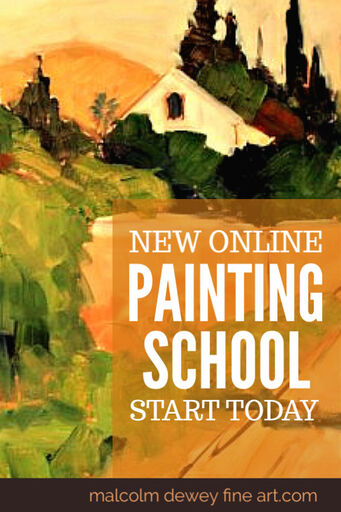
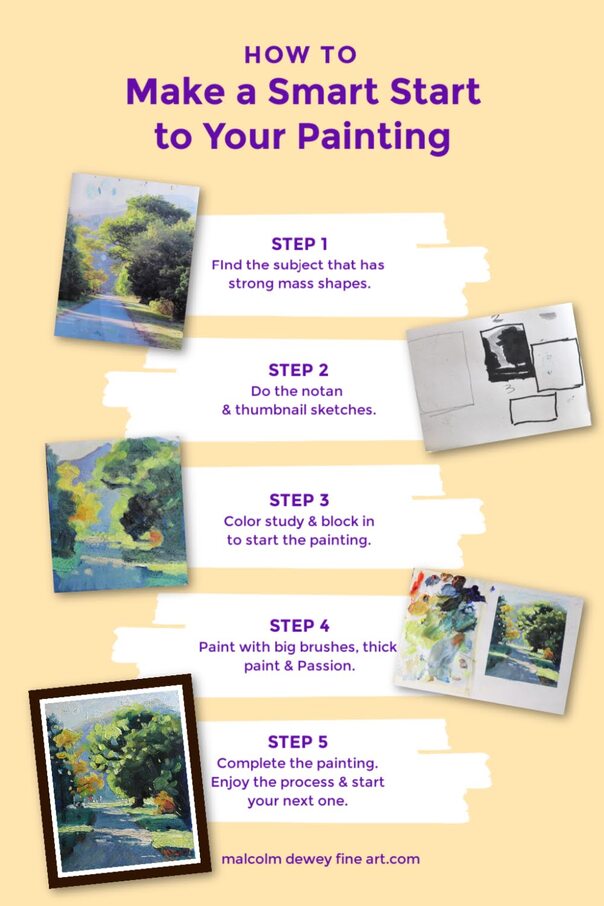
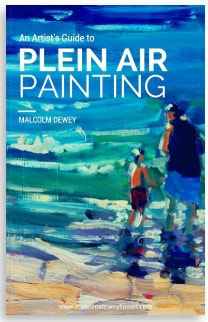
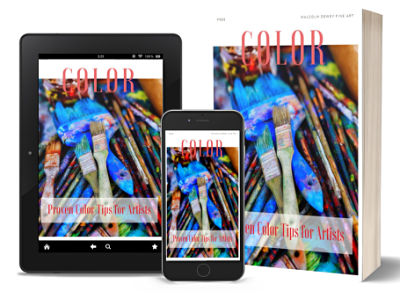
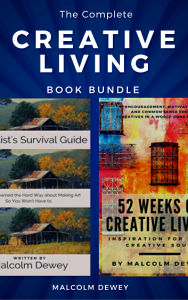
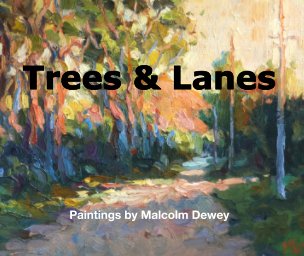




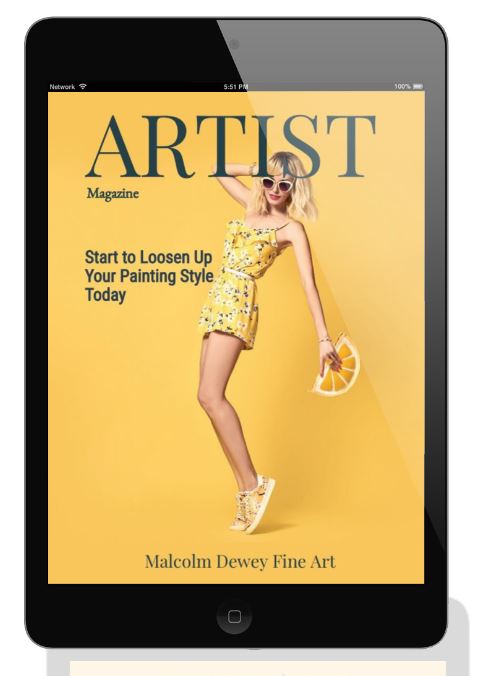
 RSS Feed
RSS Feed
